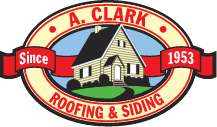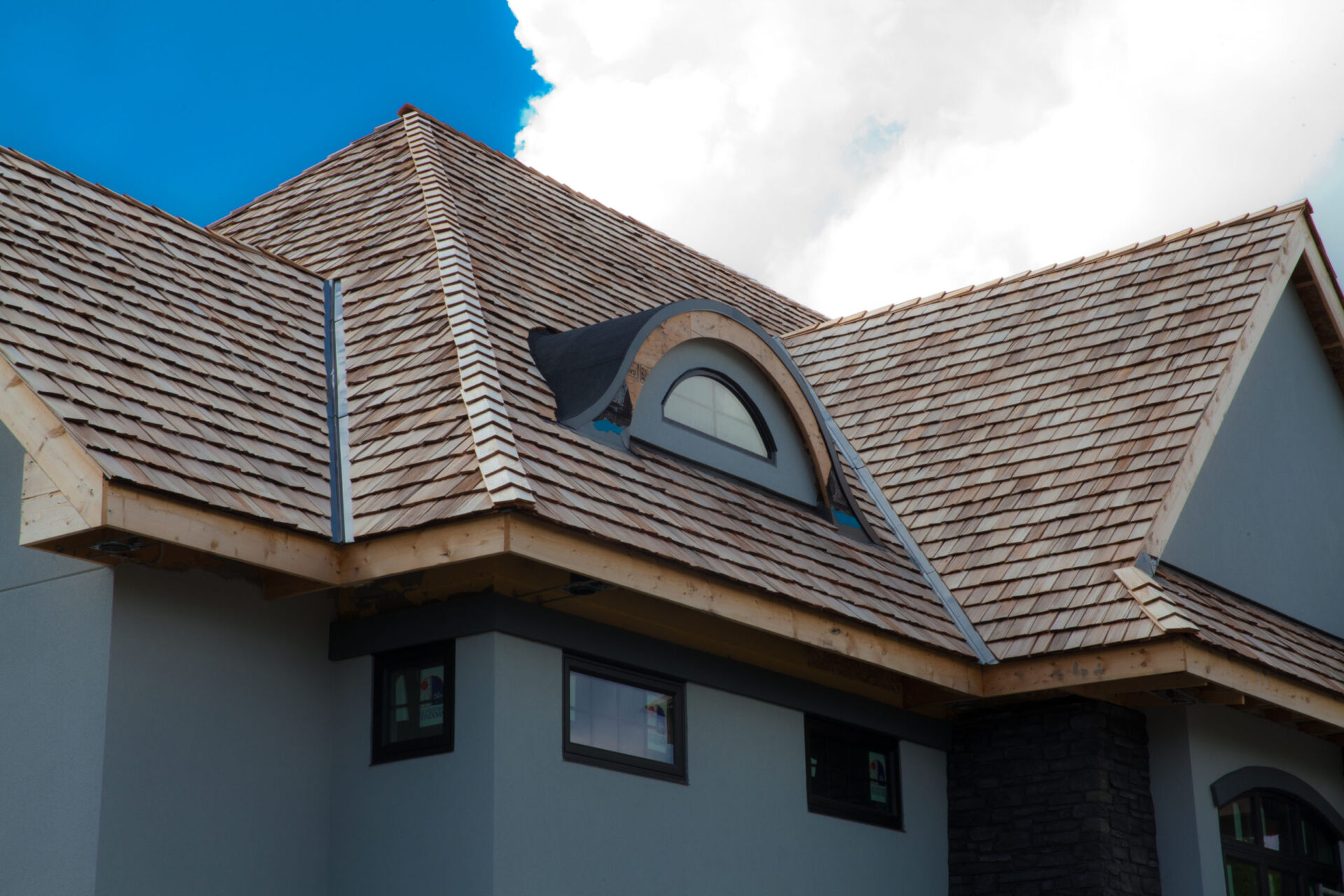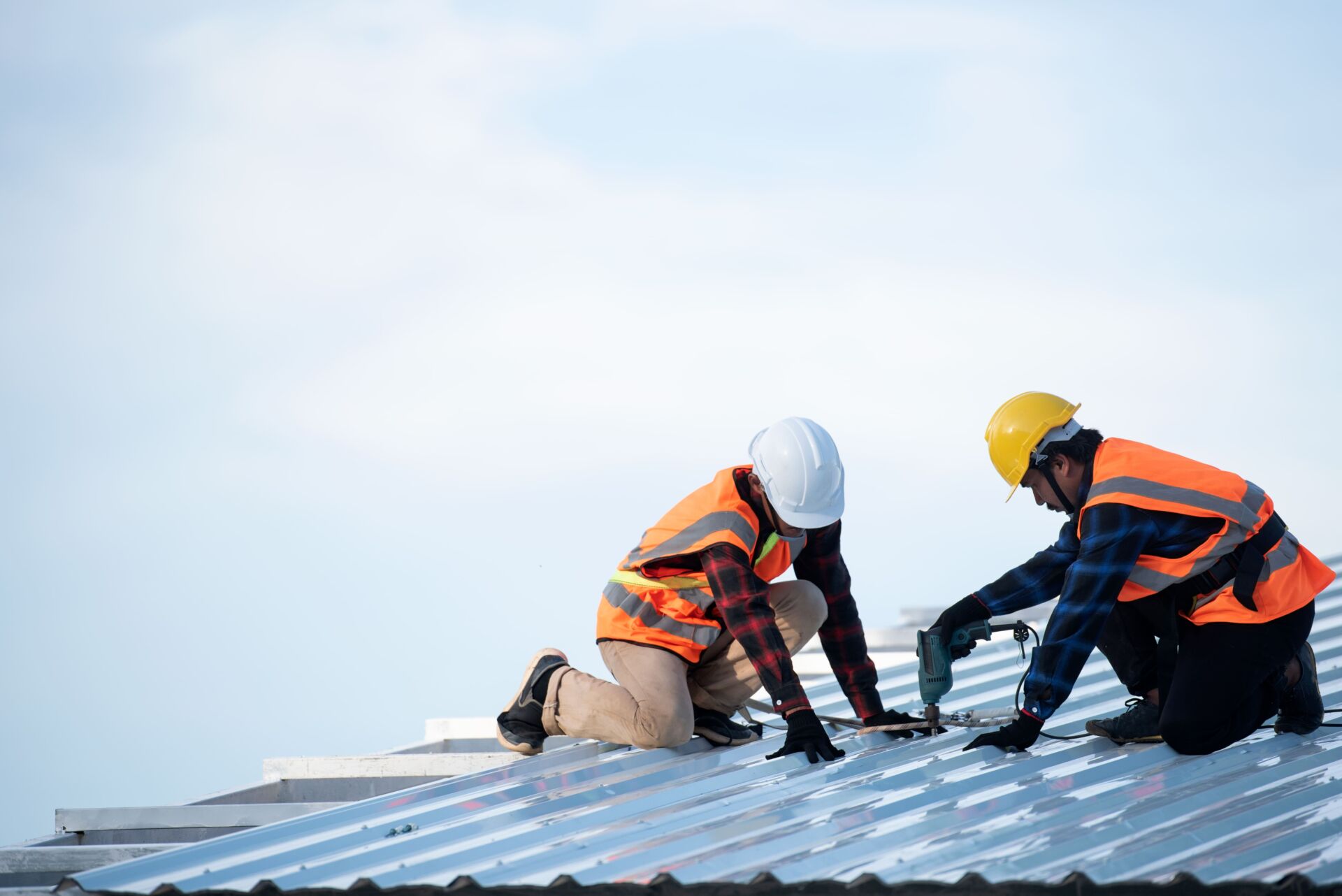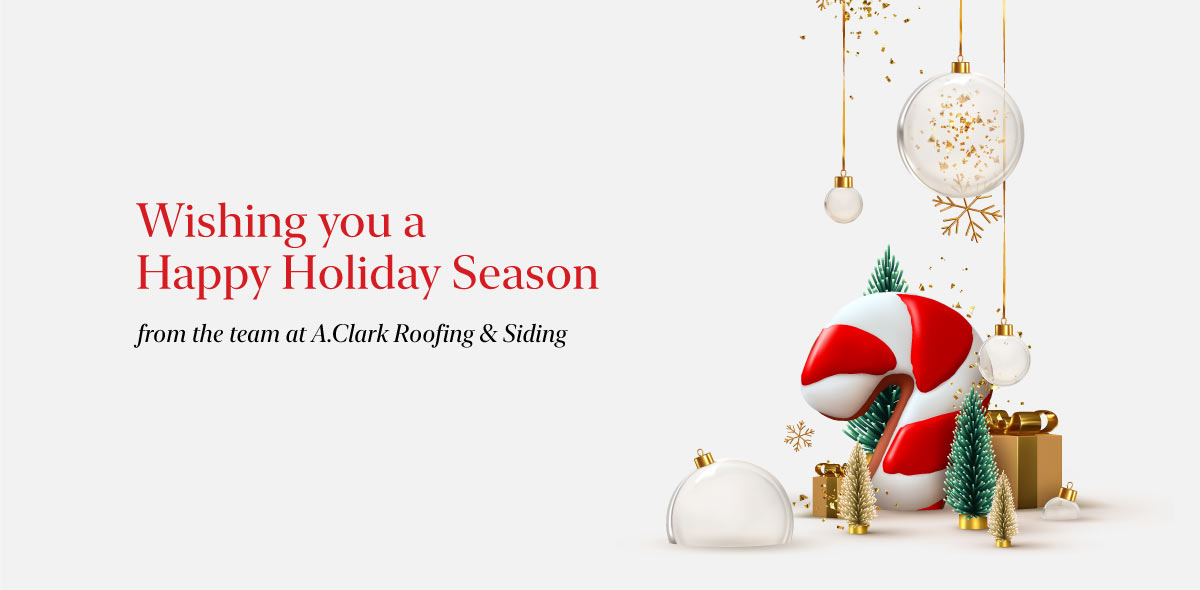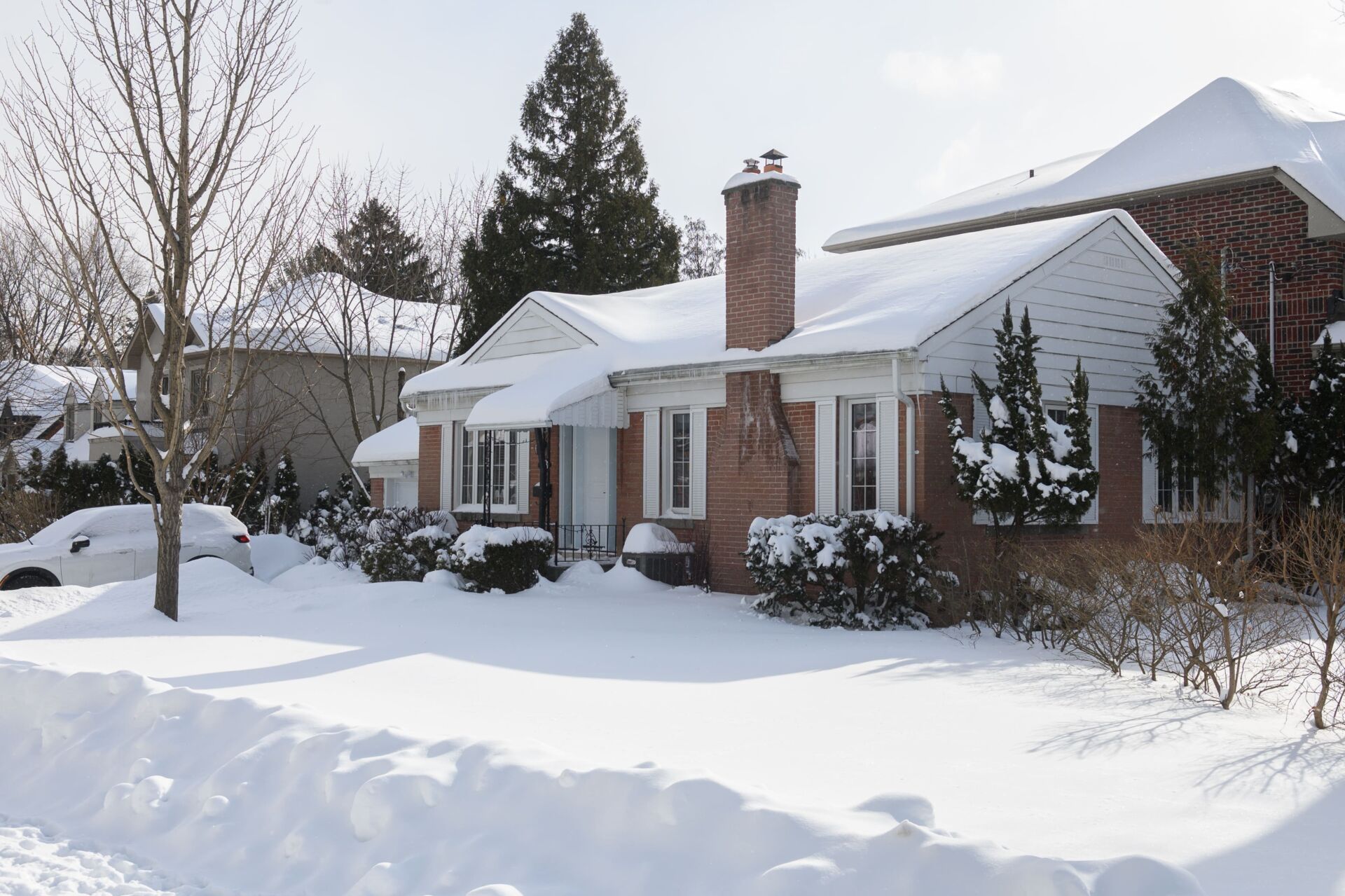This blog was originally published in April, 2015, but was updated in January of 2021.
Each season it falls on the homeowner to evaluate the needs of his/her roofing system. Are there any concerns regarding the health of your roof? Is this the year you undertake a major renovation? If you have ever tried to articulate a specific home improvement problem to a professional, you know how much having the right vocabulary can help.
Here are 15 roofing terms that will make it easier to communicate with your trusted roofing professional the next time your home needs an inspection.
1. Truss
Your roof’s truss is the underlying framing system which gives it its shape. Beneath the trusses is where the interior of your home begins, commonly in the form of an attic space where insulation is installed. Lying on top of the trusses is the deck, which provides an enclosed space.
2. Deck
The deck of your roof lies on the truss frame. The deck serves as the foundation for the rest of the roof. Modern construction most commonly uses wooden 7/16” OSB (oriented strand board) as decking, though older homes may have different material. Your deck should not be visible after construction.
3. Underlayment
Underlayment creates a barrier between your roof’s deck and shingles. Underlayment material waterproofs and weatherizes your roof. High-quality underlayment sheds moisture, which prevents mold and water damage. Contractors use synthetic weatherproofing materials such as fibreglass for underlayment.
4. Shingles
Roof shingles are the top layer of your roof’s defense against the elements. Your choice of shingles should take both function and aesthetics into consideration. Common types of shingles include:
- Asphalt These dark-colored shingles are an economic choice for cold-weather climates. A wide variety of quality choices tailored to the needs of your home can help deliver maximum value and protection from your asphalt shingles.
- Cedar (shingles/shakes): Wood shingles have long life expectancy and excellent breathability. They require more maintenance and take longer to install than most other shingles.
- Rubber/Synthetic: Using rubber and/or other synthetic materials can give a nice aesthetic along with long lasting protection.
- Stone-coated Steel Panels: Stone-coated steel panels come in a variety of colors and can last up to 80 or even 100 years. Steel is a premium choice for all climates, but is very expensive to install.
5. Coursing
Coursing refers to the pattern of shingles on your roof. On most roofs, shingles lay in straight, overlapping lines across the length of a roof. Coursing changes according to the shape of the roof. For example, a domed roof may have graduating circular coursing or shingles may be applied in a continuous spiral.
6. Flashing
Where your roof meets a wall or large penetration, there is a need for strong waterproofing in the form of flashing. For standard jobs, flashing is pre-painted steel or aluminum.
7. Curb
A roofing curb is a kind of flashing, which elevates and supports external structures. Some of these structures include:
- HVAC units
- Skylights
- Hatches
- Exhaust fans
8. Ridge Vent
Your roof may have an exhaust vent which runs along the peak, known as a ridge vent. Ridge vents create ventilation through the attic space. Most ridge vents include an external baffle, which deflects prevents rainwater and snow from leaking into the attic.
9. Chimney
Chimneys allow exhaust of smoke from your fireplace. Some chimneys are place alongside the roof, while others protrude directly from the roof. Placement depends on the construction of the roof and the placement of the fireplace.
10. Saddle (Cricket)
In climates with high precipitation, roofs may have a saddle or cricket at the back of the chimney. The peaked shape of the saddle prevents snow buildup, which prevents stress on the chimney structure. The saddle also diverts rainwater around the chimney to protect the materials from stress and weather erosion.
11. Valley
Where two roof planes meet they form a channel we call a “valley”. Valleys channel large amounts of weather compared to other parts of the roof and are often the first places in which a roof system will begin to show wear. Special underlayment is used to protect valleys, and in certain cases, large metal flashing may be used as well.
12. Eavestrough
Your eavestrough is the narrow gutters around your roof’s edge. Eavestroughs collect and redirect precipitation to prevent water damage around your home’s foundation.
13. Downspout
The downspout is the pipe attached to your eavestroughs. The downspout drains the eavestroughs, redirecting heavy water flow away from the base of your home.
14. Fascia
Fascias are the boards around your roof’s perimeter. Fascia is attached at the edge of the roof and extends below roof level. Fascia boards protect the roof structure and home interior from damage. Fascia is pre-painted to match the colour scheme of the home and adds a significant aesthetic to a home.
15. Soffit
Installed beneath of the overhangs of a roof, soffit is the connection between your roof’s fascia and your home’s siding. Soffit may be vented or unvented. Vented soffit draws air into the attic space and is part of healthy ventilation. In the absence of vented soffits, intake vents may be used as a substitute.
Contact A. Clark Roofing for your eavestrough and siding installation in Edmonton.
If you have questions about the anatomy of your roof, the lifespan of roofing materials, or functionality of parts of your roof, contact your Edmonton roofing contractor. A qualified contractor can help you keep your roof efficient, no matter what the weather.
